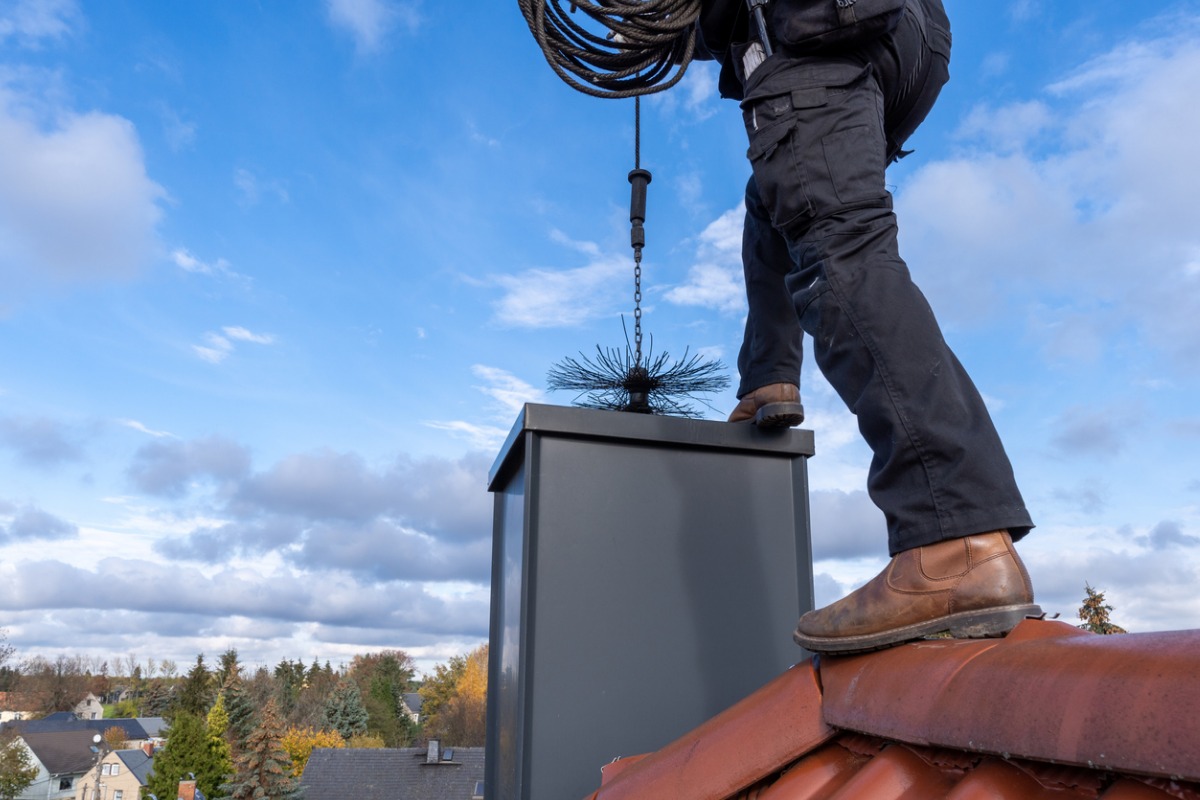The Ultimate Smokeshaft Cleaning Checklist for Homeowners
Guaranteeing the security and effectiveness of your smokeshaft is a critical duty for home owners who rely upon their fire place or wood stove for heat during the colder months. A properly maintained chimney not only enhances the general functioning of your heating unit but additionally alleviates the risk of possible threats such as fires and carbon monoxide gas leaks. With a comprehensive list in hand, property owners can systematically address crucial maintenance tasks that are important for a safe and tidy chimney. From examining the chimney structure to eliminating creosote build-up, each action plays an important duty in securing your home and enjoyed ones.
Smokeshaft Examination and Evaluation
When performing a smokeshaft inspection and evaluation, it is imperative to completely take a look at the exterior and interior components for signs of damage or accumulation. The inside of the smokeshaft must be examined for any obstructions, such as bird nests or excess soot, which can pose a fire risk. Checking the flue for creosote build-up is critical as this highly flammable substance can fire up and trigger a chimney fire. Additionally, evaluating the condition of the chimney lining is vital to make certain correct ventilation and security.

Outside Maintenance and Repair Works
Inspecting the outside of the chimney for any architectural issues, such as splits, loose bricks, or indicators of water damages, is necessary in ensuring the general safety and security and durability of the chimney. Routinely examining for any type of cracks in the mortar or blocks can help protect against water from leaking in and causing damage to the smokeshaft structure. Addressing these outside maintenance problems in a timely way can lengthen the life of your chimney and protect against expensive repairs down the line.
Cleansing the Chimney Flue and Damper
To make sure correct operating and safety and security of your smokeshaft, routine cleaning of the chimney flue and damper is necessary. Make certain that the damper opens up and shuts efficiently, as an appropriately working damper assists control airflow and prevents drafts when the chimney is not in usage. Normal upkeep of the smokeshaft flue and damper not only improves the efficiency of your chimney but also reduces the risk of smokeshaft fires and carbon monoxide build-up in your home.
Getting Rid Of Creosote Accumulation Safely
How can house owners safely get rid of creosote accumulation from their smokeshaft to preserve its optimum functioning and safety and security? Creosote, a by-product of burning timber, can accumulate in smokeshafts over time, posing a fire Click Here threat if other not correctly taken care of.
There are different approaches to remove creosote, relying on the buildup's intensity. For light creosote buildup, utilizing a smokeshaft brush or a homemade creosote cleaner constructed from equal components water and vinegar can be effective (Chimney Sweep San Jose). For thicker down payments, specialist chimney cleaning company might be essential
It's important to put on protective equipment such as gloves, goggles, and a mask when managing creosote to stop skin inflammation or breathing. Additionally, proper air flow while cleansing the smokeshaft is important to prevent breathing in harmful fumes. Regular chimney examinations and cleanings can help avoid creosote accumulation, making certain the safety and security and efficiency of your chimney.
Fire Security Safety Measures for Smokeshaft Owners
Normal chimney assessments by certified experts are critical to determine any kind of blockages, creosote accumulation, or architectural issues that can posture a fire danger. Setting up a chimney cap can prevent particles, animals, and rainwater from going into Bonuses the chimney and creating blockages or damage. Furthermore, smokeshaft proprietors need to have a spark arrestor or chimney stimulate arrester mounted to prevent sparks from getting away and possibly igniting nearby combustibles.

Final Thought
By adhering to the utmost chimney cleansing checklist outlined in this write-up, house owners can examine, tidy, and repair their smokeshaft successfully. Proper upkeep not only reduces the danger of chimney fires however additionally lengthens the life-span of the chimney system.
Examining the chimney cap and crown for any type of damages is important to protect against water from permeating into the chimney and triggering further degeneration.
Regular maintenance of the smokeshaft flue and damper not only enhances the performance of your smokeshaft but likewise lowers the danger of smokeshaft fires and carbon monoxide buildup in your home.
Regular chimney examinations and cleanings can help stop creosote build-up, ensuring the security and effectiveness of your smokeshaft. (Chimney Sweep San Jose)
Mounting a smokeshaft cap can prevent debris, animals, and rain from going into the smokeshaft and creating clogs or damage. Proper maintenance not only decreases the danger of chimney fires however additionally lengthens the life-span of the smokeshaft system.